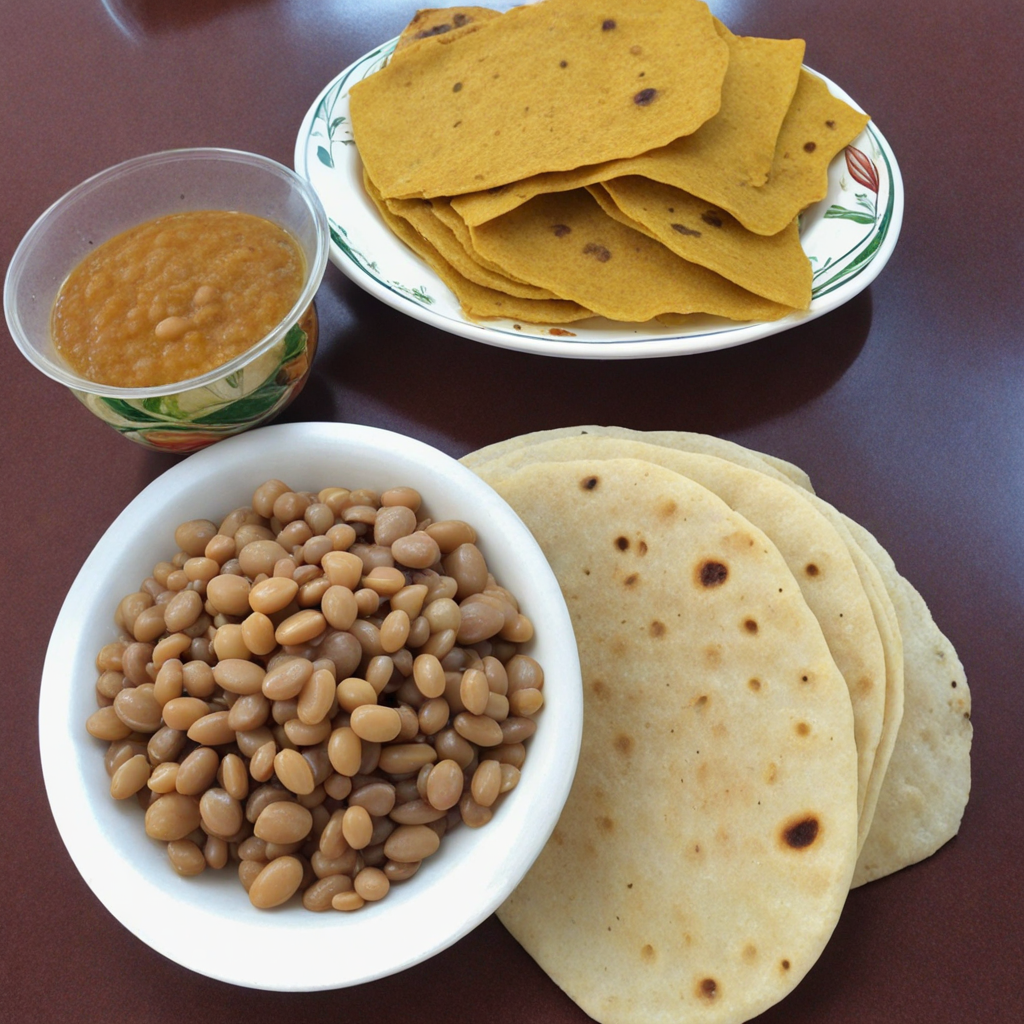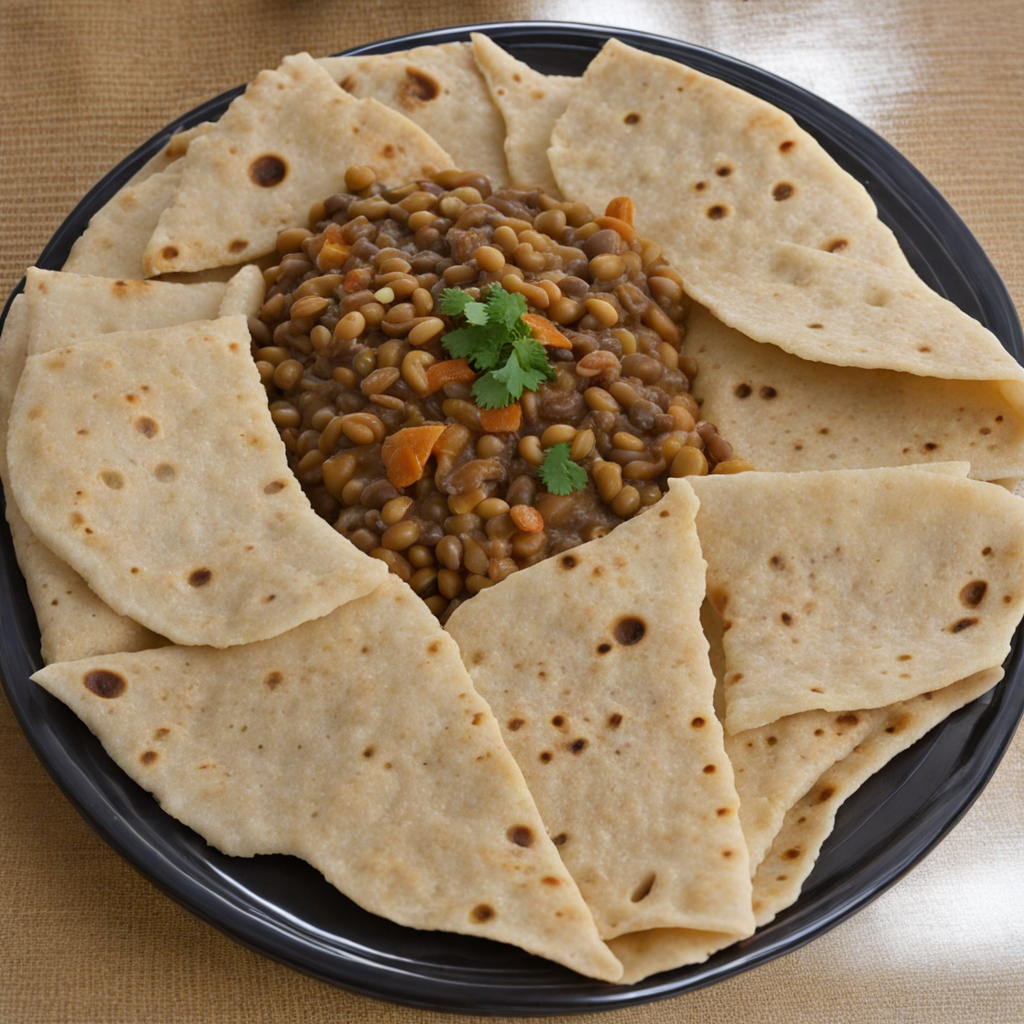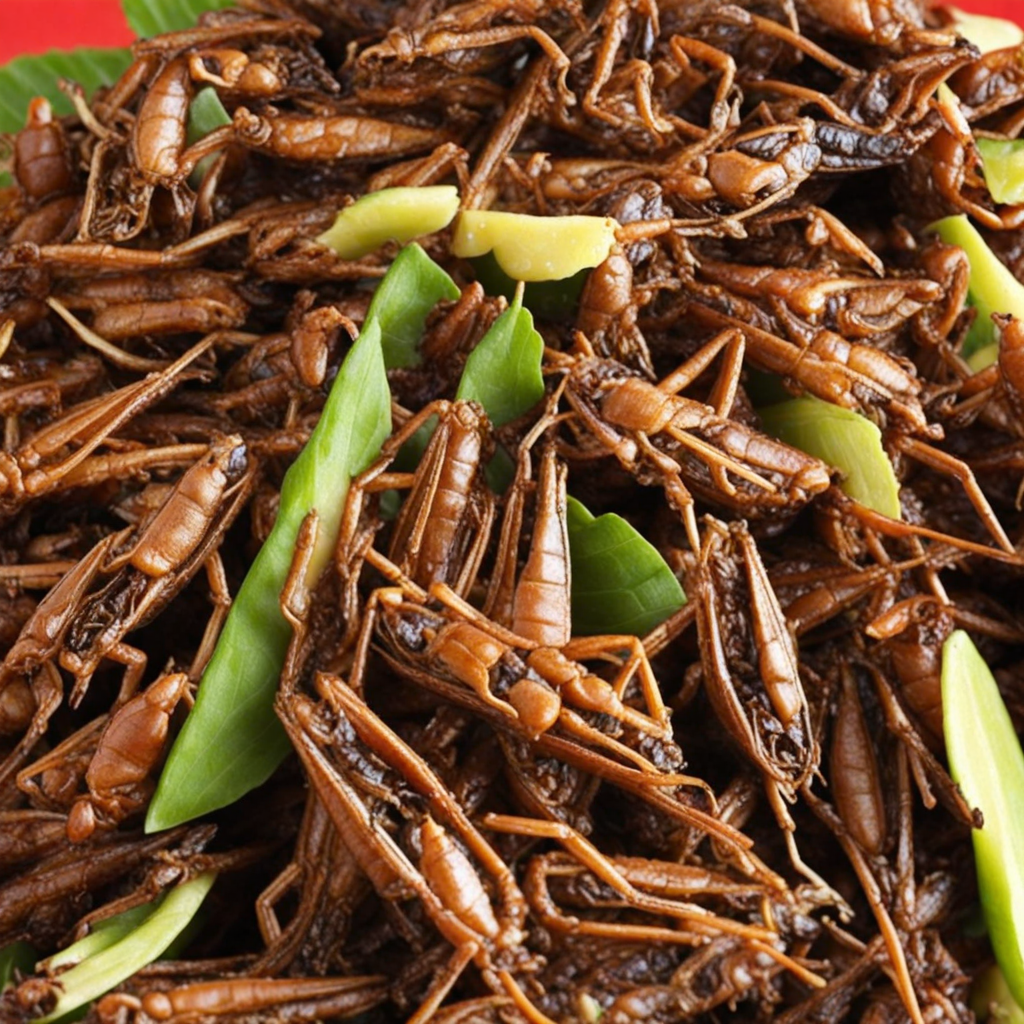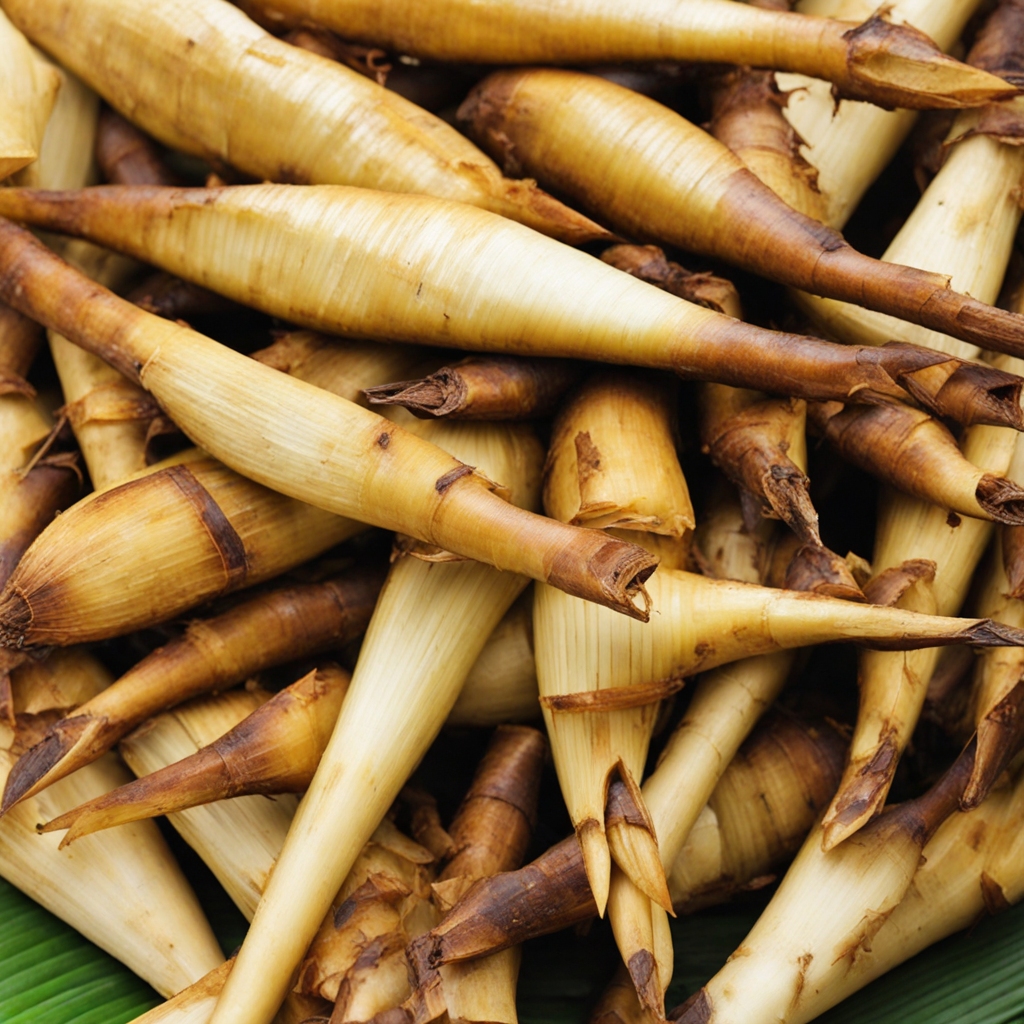Kikomando
Kikomando is a beloved Ugandan street food that exemplifies the rich culinary culture of the region. This dish typically consists of soft, flavorful chapati—a type of unleavened flatbread—served with a hearty portion of beans or a spicy groundnut (peanut) sauce. The chapati is slightly crispy on the outside while remaining chewy and soft on the inside, making it the perfect vessel for the robust toppings. The combination of textures and flavors is a delightful experience, with the beans providing a creamy contrast to the slightly nutty chapati.
The beans in Kikomando are often cooked with tomatoes, onions, and a mix of spices, creating a savory, aromatic profile that tantalizes the taste buds. The groundnut sauce, when used, is both rich and creamy, adding a depth of flavor that elevates the dish to new heights. This combination not only offers a satisfying meal but also a taste of Uganda's vibrant food scene, showcasing local ingredients and traditional cooking methods that have been passed down through generations.
How It Became This Dish
Kikomando: A Culinary Journey Through Uganda Kikomando, a beloved street food of Uganda, embodies the rich tapestry of the nation's culinary heritage. It is a dish that resonates with the essence of Ugandan culture, reflecting the convergence of traditional ingredients and modern culinary practices. To understand Kikomando, we must explore its origins, cultural significance, and evolution over time. #### Origins of Kikomando The roots of Kikomando can be traced back to the bustling streets of Kampala, Uganda's capital city, where urbanization brought about a fusion of traditional and contemporary culinary practices. The name "Kikomando" is derived from the Luganda language, where "kiko" refers to the term for 'beans' and "mando" refers to 'mandazi' or 'chapati.' At its core, Kikomando consists of a hearty combination of Ugandan staple foods: fried or grilled chapati served alongside a rich stew of beans, often with the addition of vegetables or meat. Historically, Uganda has been known for its agricultural abundance, with a variety of crops such as maize, cassava, sweet potatoes, and beans being cultivated across the country. Beans, in particular, have been a staple food due to their nutritional value and versatility. Chapati, originally introduced by Indian traders during the colonial era, gained popularity among Ugandans and became a common accompaniment to various dishes. #### Cultural Significance Kikomando is more than just a meal; it is a cultural phenomenon that encapsulates the spirit of community, celebration, and resilience. The dish is often associated with the working class, providing a filling and affordable option for those on the go. Street vendors, often found at bus stops, markets, and busy intersections, serve Kikomando to hungry patrons, making it accessible to all. This accessibility has contributed to Kikomando's status as a symbol of urban life in Uganda. Moreover, Kikomando is a dish that transcends social boundaries. It is enjoyed by people from all walks of life, making it a unifying food that brings individuals together. Whether it's a student rushing between classes, a worker on a lunch break, or a family celebrating a special occasion, Kikomando has found its place in the hearts and stomachs of many Ugandans. In the context of cultural celebrations, Kikomando often features prominently at gatherings and events. It is a dish that reflects hospitality, where hosts prepare large quantities to share with guests, emphasizing the importance of communal dining in Ugandan culture. The act of sharing Kikomando fosters connections and strengthens bonds among family and friends. #### Evolution Over Time As Uganda has transformed over the years, so too has Kikomando. While the traditional version remains popular, innovative interpretations have emerged, reflecting the dynamic nature of Ugandan cuisine. Modern variations of Kikomando include diverse ingredients such as avocado, grilled meat (such as chicken or beef), and spicy sauces, catering to evolving tastes and dietary preferences. The rise of food vendors and street food culture in Uganda has played a significant role in the evolution of Kikomando. With the advent of social media and food blogs, vendors have found new ways to market their offerings, introducing unique twists to the classic dish. For example, some vendors have experimented with gourmet versions of Kikomando, incorporating international flavors and techniques while maintaining the essence of the original dish. Additionally, the global interest in street food has put Kikomando on the culinary map, attracting tourists and food enthusiasts alike. Restaurants and food stalls that specialize in traditional Ugandan cuisine often include Kikomando on their menus, showcasing it as a must-try dish for visitors seeking an authentic taste of Uganda. This newfound recognition has contributed to a resurgence in pride for Ugandan culinary traditions. #### The Future of Kikomando As Ugandan society continues to evolve, so too will Kikomando. The dish's adaptability ensures that it remains relevant in a fast-paced world where convenience and flavor go hand in hand. With growing awareness of health and nutrition, there is potential for Kikomando to be reimagined with a focus on fresh, locally sourced ingredients, appealing to health-conscious consumers. The global food landscape is also shifting toward sustainability, and Kikomando's reliance on plant-based ingredients aligns well with this growing trend. As more people seek to incorporate vegetarian and vegan options into their diets, Kikomando can emerge as a wholesome, plant-driven meal that showcases Uganda's agricultural bounty. In conclusion, Kikomando is not just food; it is a narrative woven into the fabric of Ugandan culture. Its origins reflect the historical influences that have shaped Uganda's culinary landscape, while its cultural significance underscores the importance of food as a means of connection and community. As Kikomando continues to evolve, it remains a delicious testament to the resilience and creativity of Ugandan cuisine—a dish that will undoubtedly endure through the ages, delighting generations to come.
You may like
Discover local flavors from Uganda







